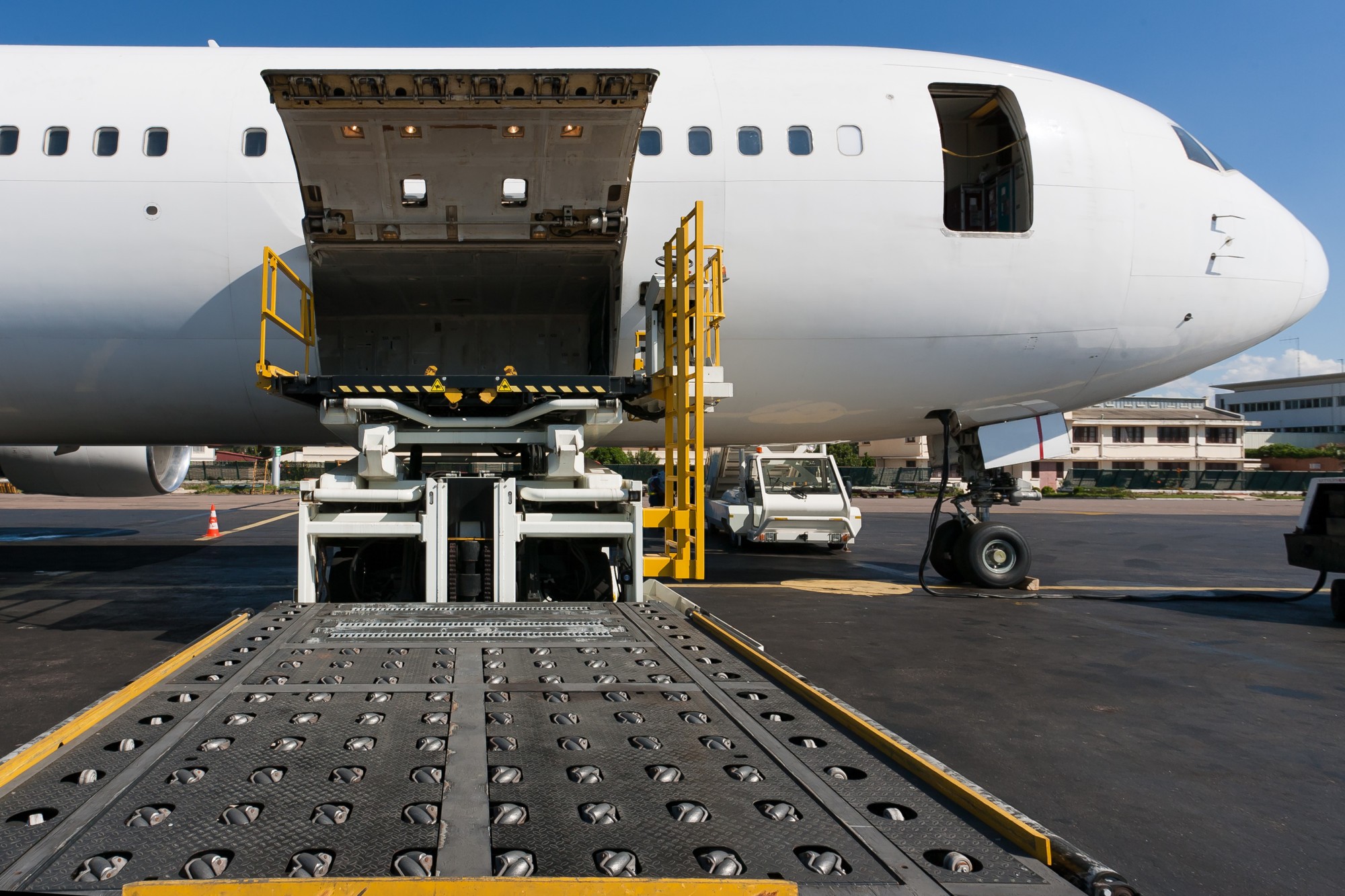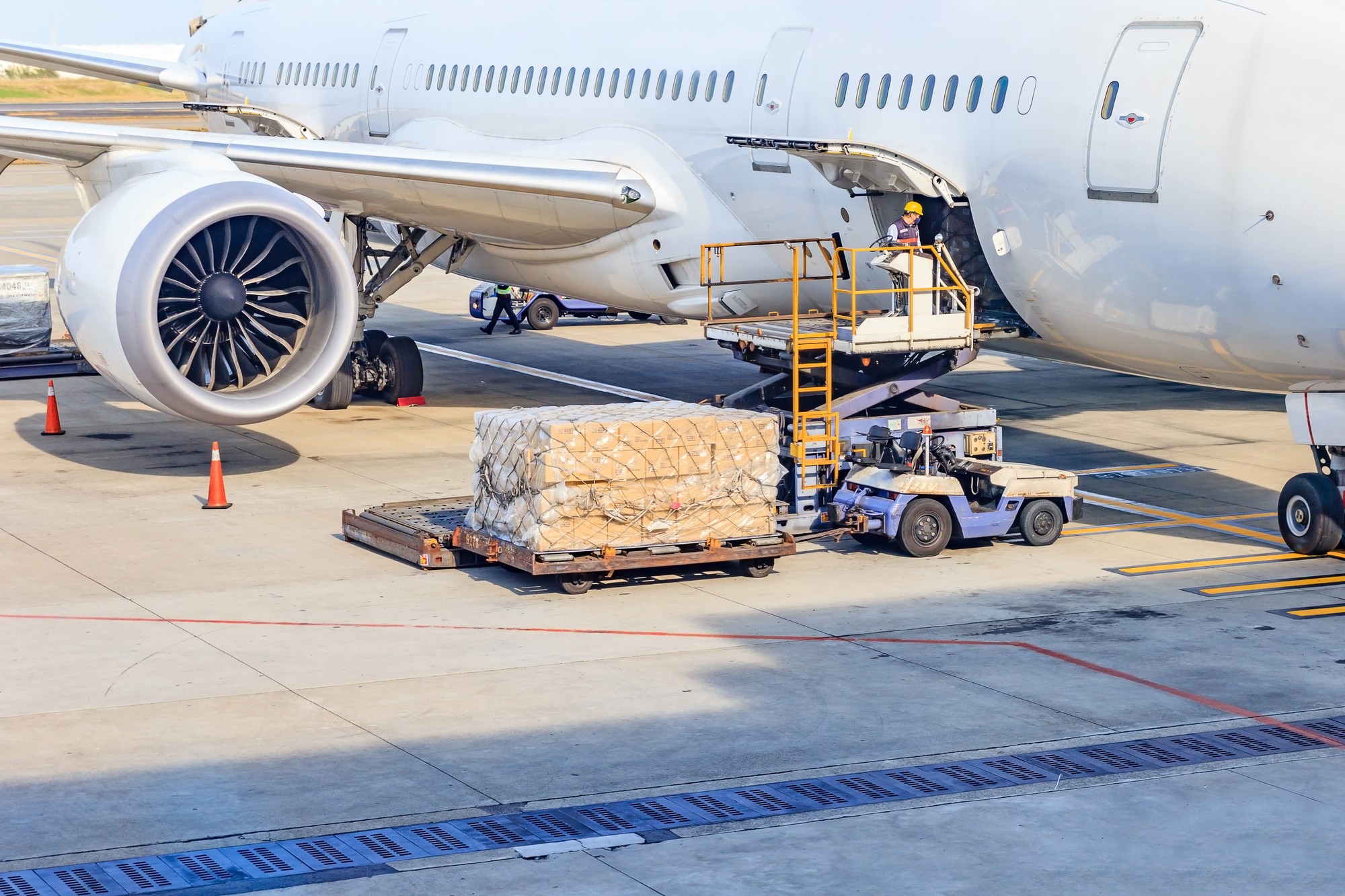Air Freight 101: The Air Freight Definition and Beyond
The 747-400 airplane can carry more than 65,000 pounds of cargo. Every day, thousands of planes take to the skies to move both people and cargo.
Air freight is a shipping option that is available for those who need something faster and more secure than trucking or railroads.
Businesses have plenty of options when it comes to shipping. To get started, let’s discuss the air freight definition and the benefits this shipping method can provide.
Air Freight Definition
Freight gets moved across the country in a variety of ways, truck, train, and plane. Air freight is the plane piece of the logistics inter modal puzzle.
This method is the fastest, most reliable, and secure method for moving freight. It also tends to be the most expensive.
There are two factors for determining if air cargo is the smartest choice for a shipment. The first is the value of the cargo that needs to be shipped. The second factor is how time-sensitive the shipment is.
Types of Planes
There are three ways that air freight moves by plane. For a majority of freight, it rides on passenger planes. But there are also dedicated cargo planes and supercargo planes.
Industries That Use Air Freight
The industries that use air freight the most are those that deal with high priced products or products that are time-sensitive.
- Aerospace
- Automotive
- Electronics
- Live animals
- Luxury items
- Medical Supplies
Parcel Shipments
Parcel shipping companies will use air freight to move their smaller shipments quickly. To do this, the smaller packages get grouped and packaged into larger containers.
The USPS leases cargo space on the about 15,000 of the passenger planes that take flight every day.
How Cargo Is Shipped by Air
Most air cargo is stored in specially designed containers that are shaped to fit inside the cargo hold. Some freight cargo is secured to pallets. Then other pieces get shipped in an open space.
Benefits of Air Freight
The most significant benefits of air cargo are speed, reliability, and security.
Speed
Think about the time it takes for a truck to drive across the country. Then factor in the many possible delays such as weather, traffic, and mechanical breakdowns.
With air cargo, these delays aren’t an issue. Planes don’t run into rush hour traffic jams in the sky. They also travel in a direct line to the destination without extra stops.
This means that transport that would take days on the ground would only take a few hours in the sky.
Reliability
While flight delays can be an issue for passengers, air cargo is consistently more reliable than other freight methods. Multiple planes are heading out to the same destination every day.
This means that if a shipment misses one flight, there is still another chance to get the shipment out. This is not the case with other modes of shipping.
For example, ocean freight follows a weekly schedule. So if the shipment misses the freighter today, it’ll have to wait a week before it gets another chance.
Better Inventory Control
One dilemma shippers face is shrinkage during transport. This lost inventory cost is inflated for cargo that is a high value or time-sensitive.
This is important to consider when comparing the cost of different methods of shipping. While air freight may cost more, it could improve a company’s bottom line by reducing lost inventory costs.
Airports have tight security these days, so once the shipment is processed, it is secure from the public. This reduces the chance of theft.
Cargo is securely strapped to the cargo hold of the plane. This ensures that there is minimal movement during flight. This means there is less damage than when shipping by truck.
There is also a lower risk of loss since the shipment is on one plane from origin to destination. Fewer transfers mean less chance of a shipment getting misplaced.
New Markets
When a product is time-sensitive, the available market is limited. But with air freight, that market size vastly increases. By spending less time in transit, there is now an increase in geographical distance.
Air transport also gives businesses an advantage over those that only deal with surface freight.
Different Air Cargo Options
There are four main options when it comes to how shippers schedule their freight, next flight out, consolidated, deferred, and charter.
Next Flight out
Shipments that need expedited shipping need this method of shipping. The cargo gets placed on the next available flight out. It tends to be the most expensive option, but this isn’t surprising as all expedited freight has inflated pricing.
Consolidated
This method combines multiple shipments from multiple shippers into one larger shipment. This achieves the best cost-effective rates for everyone involved.
Deferred
When it comes to shipping times, this method has the longest transit times. But the trade-off is that it also has the most affordable pricing.
This method of shipping is most often used for less valuable cargo and non-perishable freight. Shipments are placed on the next available space on flights.
Charter
This method is reserved for those shipments that are extremely valuable or large. Shippers essentially rent out an entire cargo plane for a single shipment. This method can be quite costly, so partial charter options are also available.
Start Using Air Freight Shipping Today
If your cargo is a high value or time-sensitive, then air cargo is the ideal solution. As you can see from our air freight definition, this logistics solution will save you multiple headaches by reducing the occurrence of delayed or lost shipments.
We can help you arrange the shipment and transportation to and from the airports.
Request a quote today for your air freight shipment needs.





